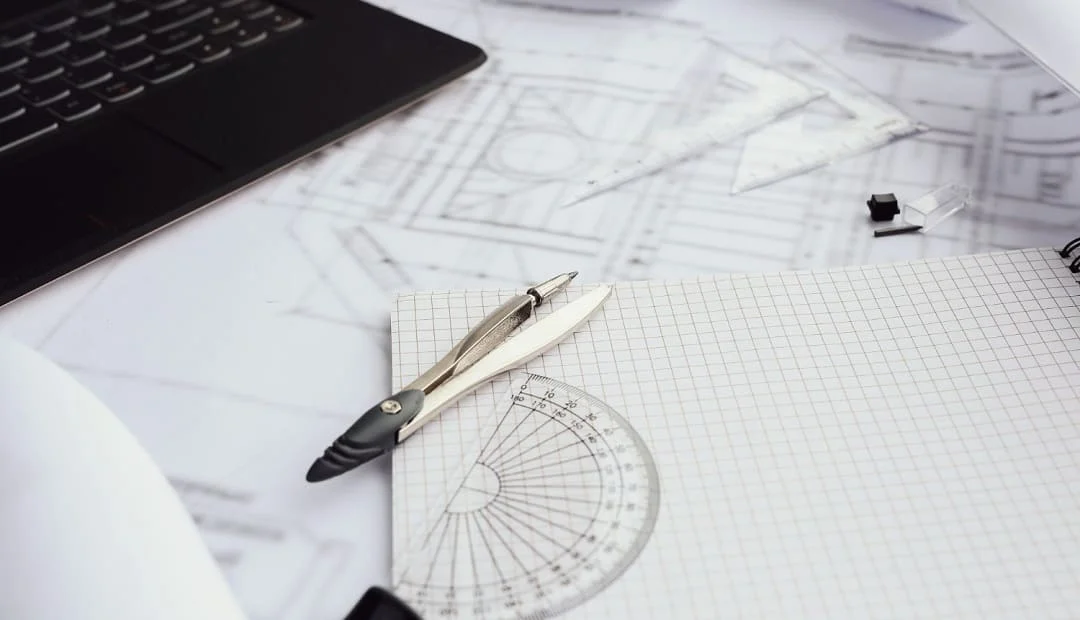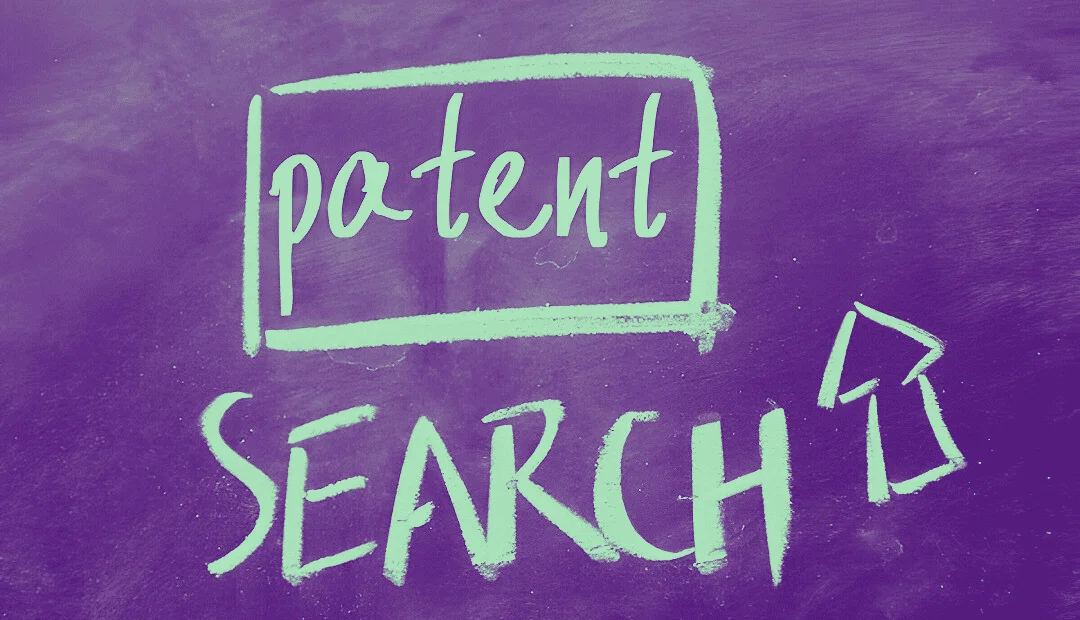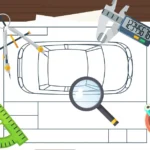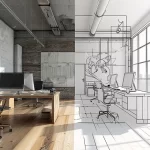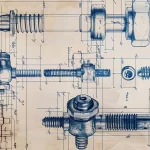Avoiding Rejections Under 37 CFR 1.84: Common Errors in Patent Drawings
- January 13, 2025
- By Sarita Thomas
- Read 4 minutes
Patent drawings are important in a patent application process. Patent drawings are governed by strict requirements to ensure clarity, compliance, and the overall success of your patent grant with the USPTO. Under the Code of Federal Regulations (37 CFR 1.84), the USPTO specifies detailed standards for the preparation of patent drawings. If you fail to comply with these standards, it can lead to rejections, delays, and added costs. In this article, we examine some of the most common errors that applicants make in patent drawings which leads to non-compliance. We will also discuss practices to avoid them.
What Is 37 CFR 1.84?
37 CFR 1.84 outlines the rules for the format, structure, and presentation of patent drawings that are submitted to the United States Patent and Trademark Office (USPTO). These rules ensure uniformity and facilitate the clear depiction of the invention. Key elements that are covered under 37 CFR 1.84 include such as:
- Drawing Quality: Black and white line drawings are the default standard unless color is necessary to disclose the invention.
- Paper and Margins: Drawings must adhere to specified dimensions and include appropriate margins as specified.
- Line Thickness and Text: Lines must be uniform, and text must be legible and in a specific font size.
- Shading: Proper shading must be used to show contours and distinguish different materials.
- Reference Numbers: Consistent and clearly legible numbering for features referenced in the application is needed.
Even minor deviations from these standards can lead to rejections or the need for costly revisions.
Common Errors Leading to Rejections
Here are some of the most frequent errors applicants encounter under 37 CFR 1.84, along with practical solutions:
1. Improper Line Quality and Thickness
Error: Drawings submitted with inconsistent or poorly defined line quality often fail to meet the USPTO’s standards. Lines that are too faint, too thick, or broken compromise the clarity of the illustration.
Solution: You should use advanced CAD tools to ensure uniform line thickness and precise rendering. Always use a standard line weight of 0.6 mm for primary outlines and 0.2 mm for secondary features to achieve consistent results.
2. Non-Compliant Shading Techniques
Error: Misuse of shading techniques can render patent drawings non-compliant. For instance, excessive cross-hatching or the omission of shading for three-dimensional contours can lead to rejections.
Solution: Follow USPTO guidelines by using appropriate shading to convey the shape, depth, and surface texture of an object. Avoid over-shading, as it can obscure details.
3. Illegible Text and Reference Numbers
Error: Reference numbers that are too small, inconsistent, or obscured by other elements result in clarity issues. The USPTO requires all reference numerals to be clear and at least 1/8 inch high.
Solution: Maintain consistent font sizes (preferably sans-serif fonts) and place reference numbers in open spaces to avoid clutter. Ensure they correspond accurately with descriptions in the specification.
4. Failure to Maintain Required Margins
Error: Drawings that are submitted without the mandatory 2.5 cm top margin and 1 cm side margins violate the dimensional requirements of 37 CFR 1.84. Examiner can reject these drawings. Always remember that even a single rejection might cost you as much as $2000 including office fee, attorney fee, and other costs. If the drawings are rejected two or three times, then the cost will be even higher. Moreover, you may lose the limited chances of responding to the rejections.
Solution: Use templates that conform to USPTO margin requirements. Review the layout thoroughly before submission to confirm compliance. It may be a good idea to hire a professional patent illustrator as a small amount of fee paid to them can save your several thousand dollars.
5. Incorrect Use of Colors
Error: Submitting color drawings without prior authorization from the USPTO or when not essential for understanding the invention leads to outright rejections.
Solution: Use only drawings to black and white (greyscale). If color is necessary, ensure the drawings are accompanied by a statement asserting its necessity.
6. Inadequate Perspective Views
Error: Omitting necessary perspective views for complex inventions can result in incomplete disclosure. Mechanical drawings for example may require special perspective diagrams such as orthogonal views, plan views, front views, etc.
Solution: Provide isometric or exploded views where applicable to fully convey the invention’s structure and functionality.
7. Errors in Scaling and Proportion
Error: Inaccurate scaling or disproportionate illustrations can misrepresent the invention, leading to confusion and rejection.
Solution: Always use precise scaling tools and ensure proportionality is maintained across all views. Include a scale marker when necessary.
Best Practices for Ensuring Compliance
To avoid rejections and streamline the patent application process, consider the following best practices for patent illustrations:
- Engage Experts: Collaborate with professional patent drafting services with expertise in 37 CFR 1.84 compliance.
- Leverage Technology: Utilize state-of-the-art CAD tools for precision and uniformity in drawings.
- Conduct Pre-Submission Reviews: Implement a rigorous quality control process to identify and correct errors before submission.
- Maintain Consistency: Ensure uniformity in line quality, text, and reference numbers across all drawings.
- Stay Updated: Keep yourself aware updates to USPTO guidelines to ensure ongoing compliance.
How ProfessionalPatentDrawings.com Can Help
At ProfessionalPatentDrawings.com, we specialize in creating high-quality, compliant patent drawings that meet the exacting standards of 37 CFR 1.84. With over 15 years of experience serving clients in the United States and Europe, our team of engineers and CAD experts ensures accuracy, precision, and confidentiality at every stage. From complex technical illustrations to rigorous pre-submission reviews, we provide end-to-end support for all your patent drawing needs at optimal costs starting at only $25.
Contact us today to learn how we can assist in avoiding rejections and enhancing the success of your patent applications.

